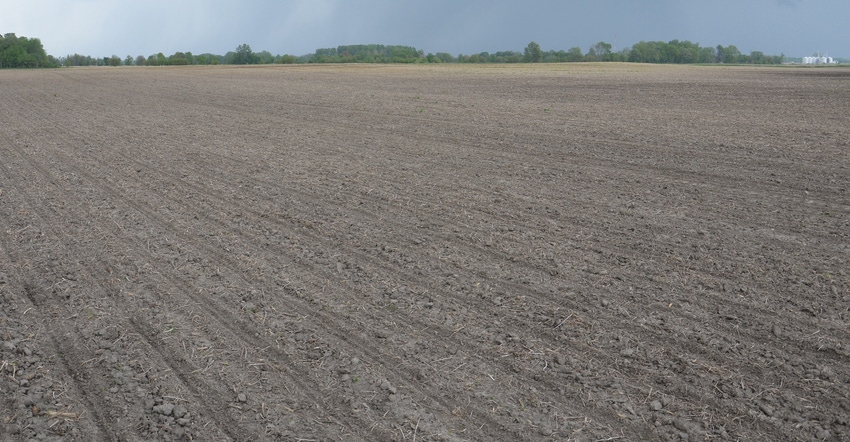
Beth Hall found something she considers significant when she reviewed precipitation totals for March and April in Indiana versus previous years. Of the past 125 years, there were only 20 years when March and April combined were wetter than they were in 2019 in Indiana.
You know the rest of the story. The pattern continued into May across most of the state, resulting in record slow planting progress.
Indiana Prairie Farmer asked Hall, recently named Indiana state climatologist, how 2019 compares with other seasons. That’s when she decided to do some research.
“I was able to rank March and April precipitation for the state from 1895 through 2019, and it looks like 2019 came in as the 105th wettest out of 125 years,” she says. “That’s quite significant! What that means is that for March and April, when precipitation totals were combined, there were only 20 years in the last 125 that were wetter.
“It put 2019 at the 84th percentile for being the year with the wettest March and April. Or put differently, only 16% of all years out of the last 125 years had a wetter March and April period. It’s not record-breaking, but it seemed relatively significant to me.”
More analysis
When Hall considered the most recent 30 years from 1990 through 2019, this year’s March-April was 26th wettest.
When considering rainfall from March 15 through May 19 for Indianapolis, using it as a general proxy for the state, then 2019 with 11.53 inches ranks 23rd wettest for the most recent 30 years. This means only six years received more precipitation during this period, she says. They were 1996 with 12.34 inches, 2002 with 14.32 inches, 2008 with 11.48 inches, 2009 with 12.95 inches, 2011 with 13.01 inches and 2017 with 13.99 inches. Not surprisingly, several of these years — including 1996, 2002, 2009 and 2011 — also had very slow planting progress for corn and soybeans, according to data compiled by Purdue University agronomists.
Hall notes that to add perspective, 1961 had 20.33 inches in that same time period, and 1974 had 11.81 inches. Again, these values are only what was recorded at the Indianapolis International Airport, so amounts vary across the state for those years.
Incidentally, Chris Hurt, Purdue Extension agricultural economist, notes that 1974, which also featured delayed planting, was the year when a very early killing freeze in mid-September in central Indiana prevented thousands of acres of corn from reaching black layer.
Hall will continue to analyze where the spring of 2019 fits historically in Indiana, adding information about May as it becomes available.
About the Author(s)
You May Also Like




